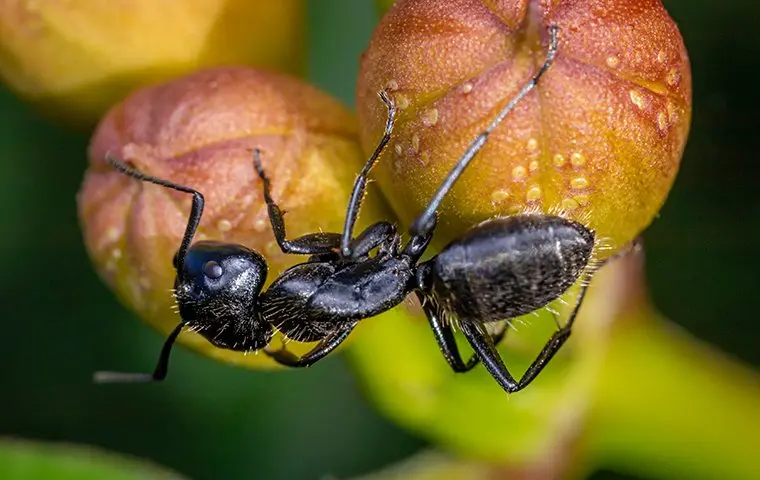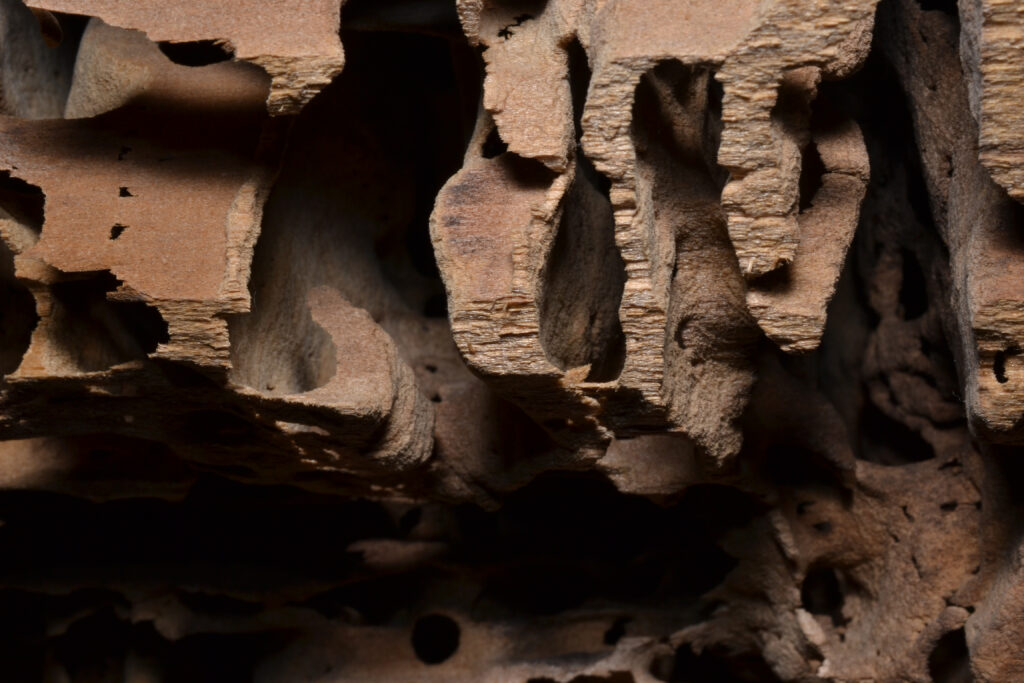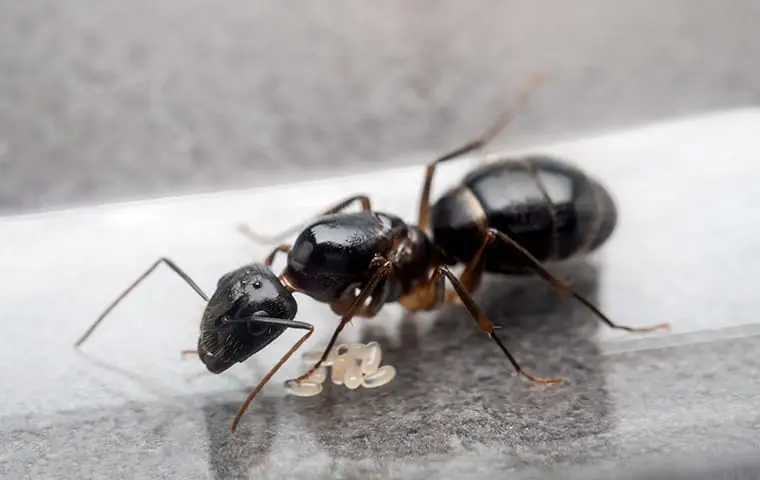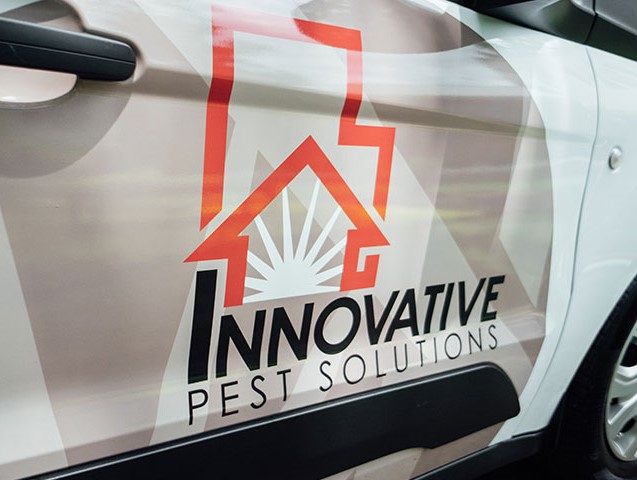
Carpenter ants, particularly the Black Pennsylvania Carpenter Ant (Camponotus pennsylvanicus), are a common concern for homeowners in the Raleigh/Durham area. These ants are known for their ability to damage wood, which can lead to significant structural issues if left unchecked. While several species of carpenter ants exist, the Pennsylvania Carpenter Ant is the primary species of concern in our region. This blog will explore the signs of carpenter ant infestations, their preferred habitats, and effective control methods.
Signs of Carpenter Ant Infestations
Identifying an infestation early is crucial to preventing extensive damage. Here are the primary signs to look for:
- Frass: One of the most telling signs of carpenter ants is the presence of frass, which resembles sawdust. Frass is a combination of wood shavings, parts of dead ants, and other debris that the ants expel from their galleries. You may find frass near window sills, baseboards, or other wooden structures.

Damaged wood from carpenter ants
2. Damaged Wood: Unlike termites, carpenter ants do not eat wood; they excavate it to create nests. This activity results in smooth, clean galleries inside the wood, which can weaken the structural integrity of the affected areas. Damaged wood may appear hollowed out with a smooth, sandpaper-like texture inside.
3. Visible Ants: These ants are relatively large, ranging from 1/4 to 1/2 inch in length. They are usually black or a combination of red and black. Seeing these ants indoors, especially at night when they are most active, is a strong indication of an infestation.
Habitat and Nesting Preferences
In North Carolina, these bugs are typically found in wood that is very wet or has already begun to decay. They rarely damage sound wood. The most likely places to find these ants include:
- Trees and Rotting Wood: Carpenter ants often nest in dead or decaying trees, stumps, and logs. They prefer wood that has been softened by moisture and decay, making it easier to excavate.
- Structures with Water Damage: Within homes, these ants target areas where wood has been compromised by water damage. Common nesting sites include:
- Where decks meet the house: If the deck wood is rotting or has been exposed to excessive moisture, they may establish a nest.
- Roof leaks: Leaky roofs can lead to water damage in attics and ceilings, creating an ideal environment for these pests.
- Plumbing leaks in crawlspaces: Crawlspaces with poor ventilation and plumbing leaks provide the damp conditions carpenter ants need.
Preventing and Controlling Carpenter Ants

To protect your home from carpenter ants, follow these prevention and control tips:
- Eliminate Moisture Sources: Since these ants are attracted to damp wood, addressing moisture issues is critical. Repair any roof leaks, plumbing leaks, or drainage problems that could lead to wood decay. Ensure proper ventilation in attics and crawlspaces to reduce humidity levels.
- Remove Decaying Wood: Regularly inspect your property for dead or decaying wood. Remove any stumps, logs, or other wooden debris that could serve as potential nesting sites for ants.
- Seal Entry Points: These pests can enter your home through small cracks and crevices. Seal any gaps around windows, doors, utility pipes, and other potential entry points to prevent ants from gaining access to your home.
- Trim Trees and Shrubs: Branches and shrubs that come into contact with your home can provide a bridge for carpenter ants. Keep vegetation trimmed away from the house to reduce this risk.
- Professional Pest Control: If you suspect an infestation, contact a professional pest control service like Innovative Pest Solutions. Our experienced technicians can assess the extent of the infestation, locate the nests, and develop a comprehensive treatment plan to eliminate the ants and prevent future infestations.
Conclusion

Carpenter ants, especially the Pennsylvania Carpenter Ant, can cause significant damage to structures if not properly managed. By understanding the signs of an infestation and taking proactive steps to address moisture issues and remove potential nesting sites, you can protect your home from these destructive pests. If you need assistance, the experts at Innovative Pest Solutions are here to help with effective and reliable pest control services.




